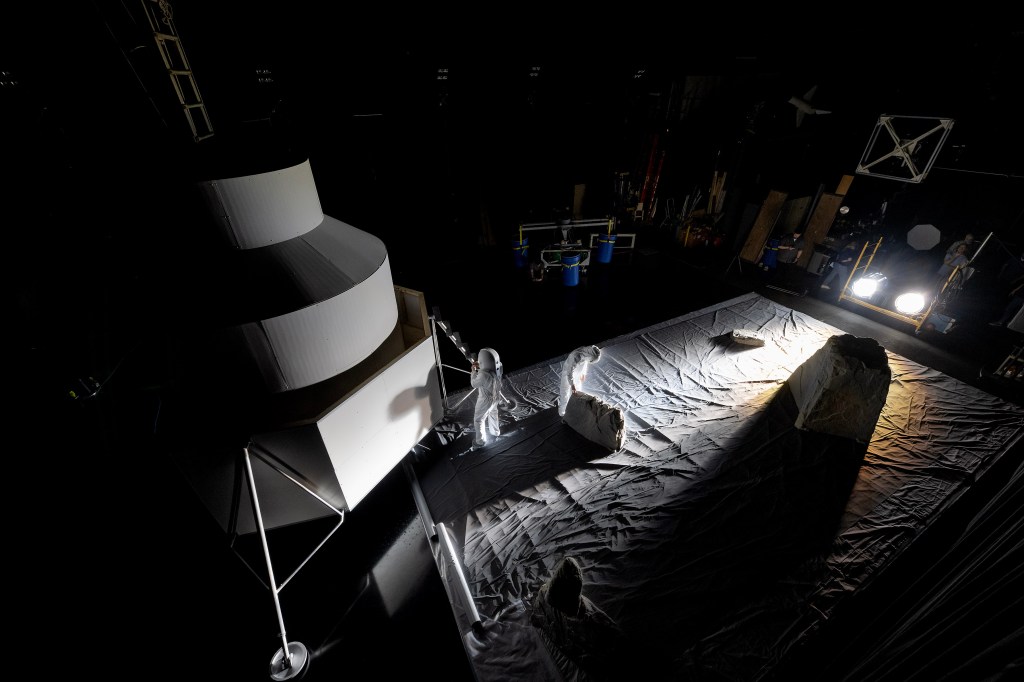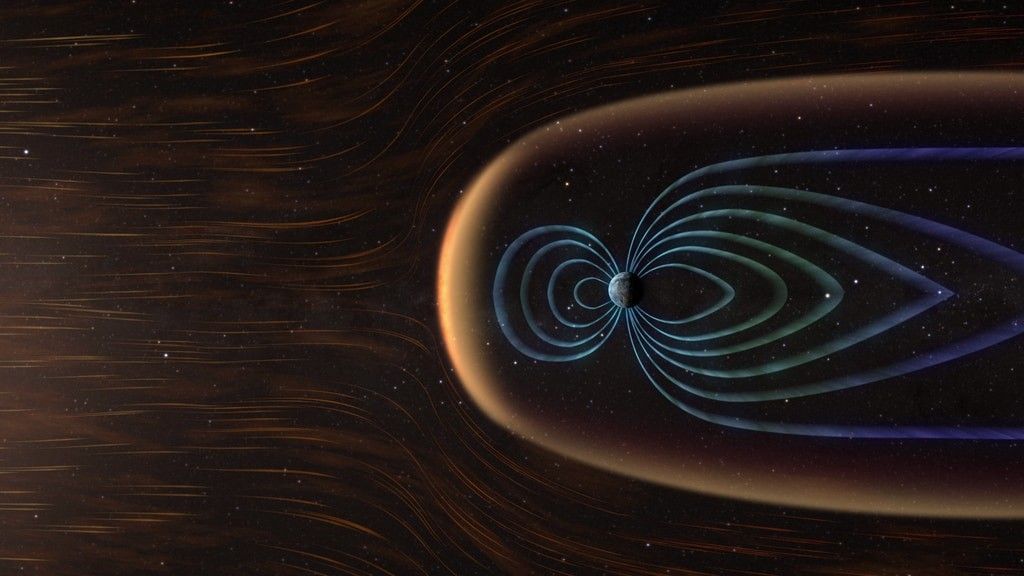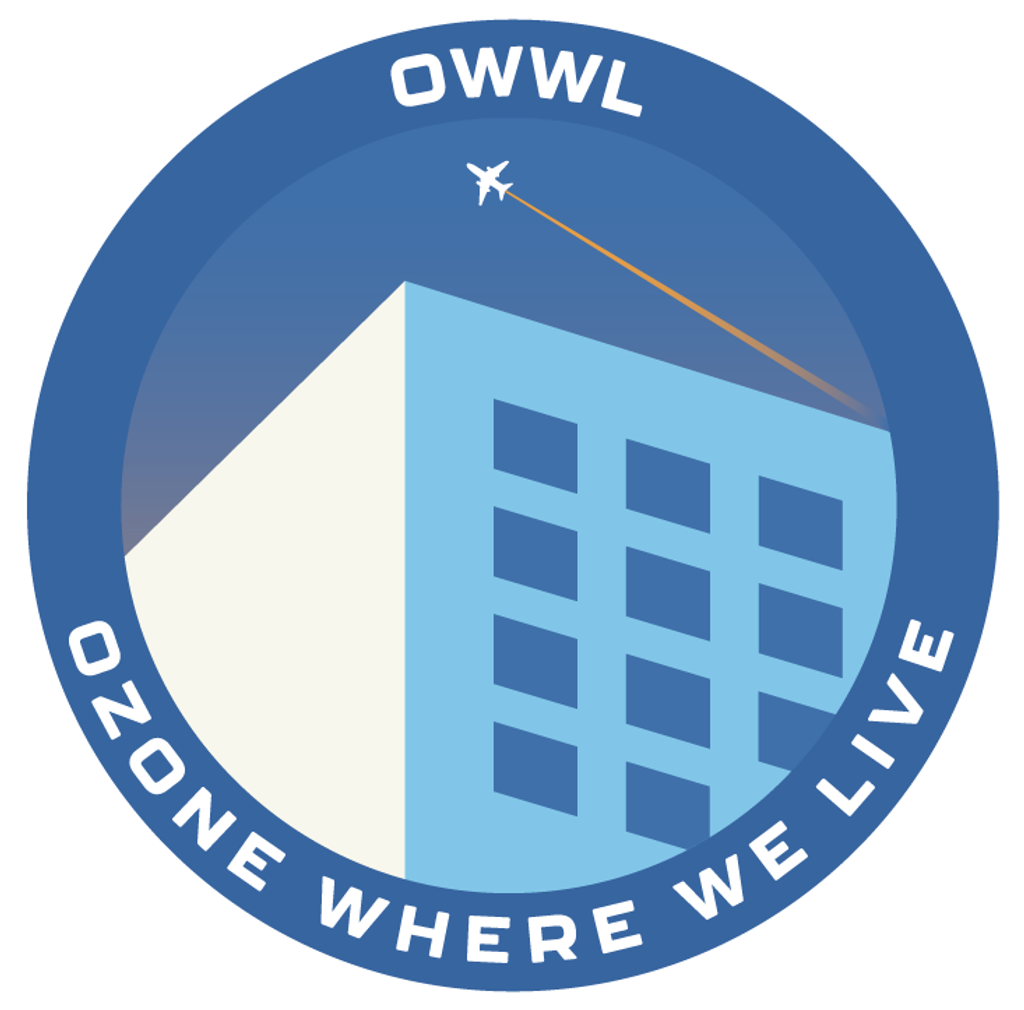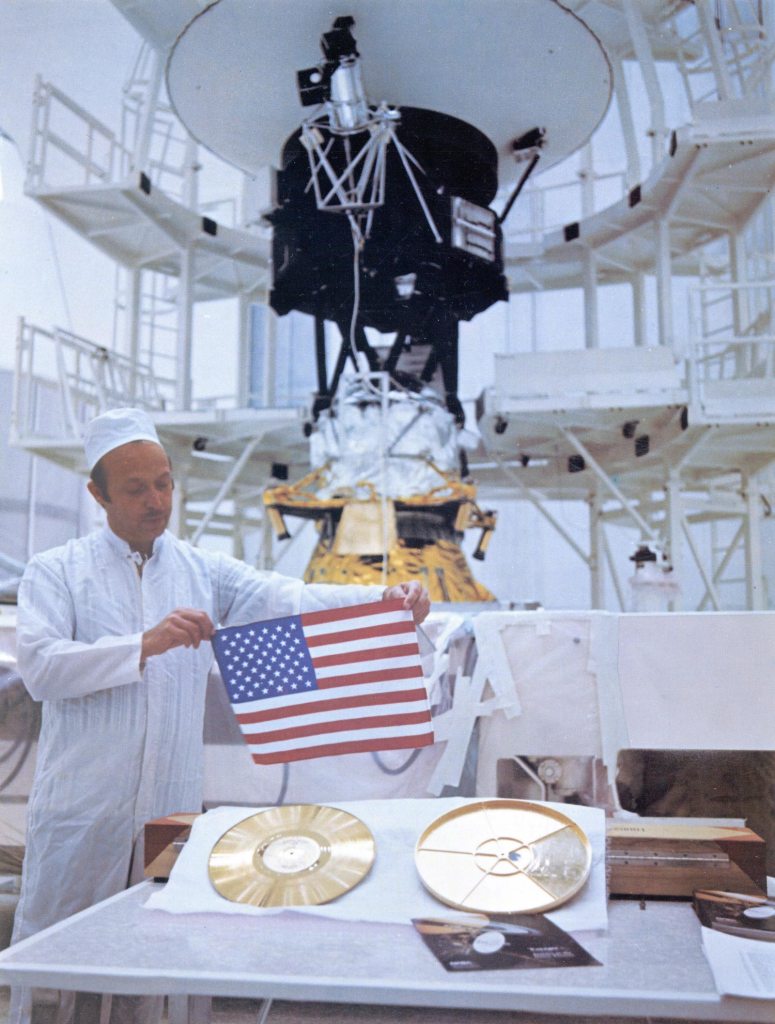Patrick McGarey
NASA Jet Propulsion Laboratory
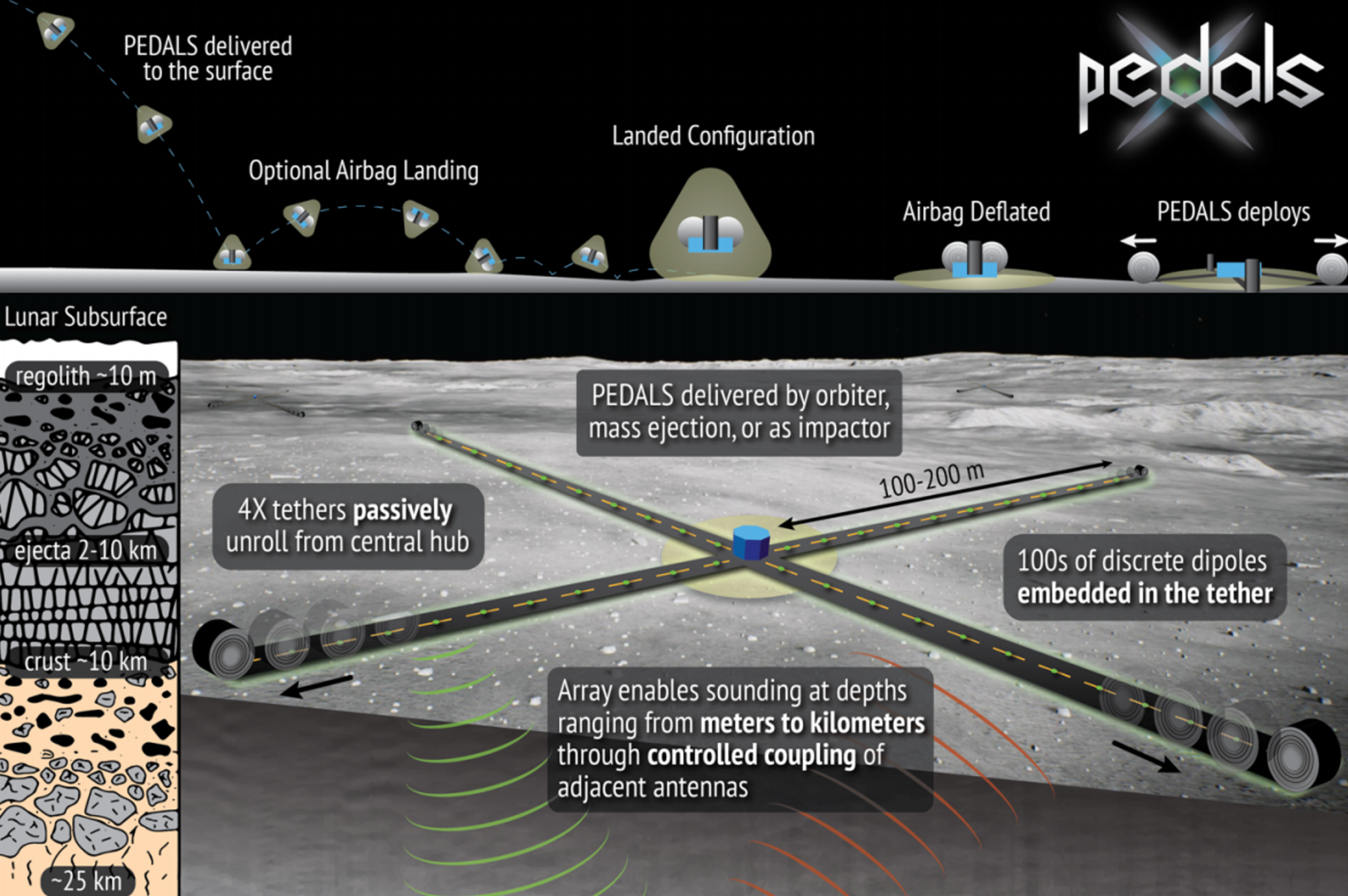
Knowledge of the subsurface composition and structure of terrestrial planets is key to unveiling their geologic history, including crustal differentiation, volcanism, sedimentation, basin formation, and volatile transport and accumulation. A common geophysical technique for probing the subsurface is radar, which can be implemented through Earth-based bistatic, orbital or surface configurations. In each case, missions incorporating radar instruments operate antennas with fixed resonant frequencies usually limited to one or two operating frequency bands. Currently, MARSIS, an orbital instrument at Mars, has the largest antenna (40 m) of any orbital, sounding radar, which provides km-scale penetration and global coverage, but the data is hindered by relatively low signal-to-noise ratio, coarse resolution, and ambiguous surface reflections arising from topography. In consideration of frequency limitations that constrain the use of single, fixed-length dipole antennas, we propose the Passively Expanding Dipole Array for Lunar Sounding (PEDALS), which is comprised of a series of discrete dipoles that, through unique combinations and coupling of short dipoles into larger ones, extends the effective resolution by allowing for variable frequencies and depths. The key innovation of PEDALS is its unique capability to measure a wide and continuous range of depths from different spatial locations, which no prior ground penetrating radar implementation has done. PEDALS deploys four tethers in a cross pattern leveraging shape-memory materials for passive unrolling and can be incorporated on a variety of future lunar missions. Key science goals driving a PEDALS mission include understanding the crustal structure at depths comparable to the thickness of the crust, as well as surveying the distribution of volatiles in the regolith, and subsurface void detection.






